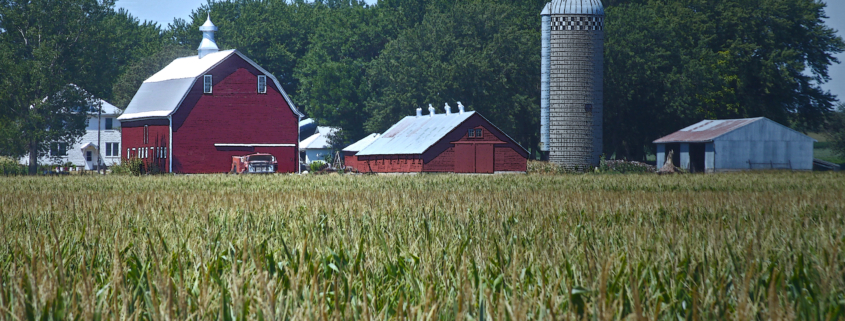How to Read a Farmowners Insurance Policy: A Guide for Iowa Farmers
Understanding your farmowners insurance policy is crucial to ensure you have the right coverage for your farming operations. However, insurance documents can often be complex and confusing. This guide will help you navigate and understand your policy, ensuring you are adequately protected.
1. Start with the Declarations Page
The declarations page is the summary of your insurance policy. It includes:
- Policy Number: Your unique identifier for the insurance policy.
- Policy Period: The start and end dates of your coverage.
- Named Insured: The individual or entity covered by the policy.
- Location: The address of the insured property.
- Coverages and Limits: An overview of the types of coverage and the limits for each.
2. Understand Your Coverage Types
Farmowners insurance policies typically include various types of coverage. Here are the key ones to look for:
- Dwelling Coverage: Protects your home from covered perils like fire, wind, and theft.
- Farm Personal Property: Covers equipment, machinery, and other personal property used in your farming operations.
- Barns and Other Structures: Protects barns, grain bins, and other outbuildings on your property.
- Liability Coverage: Provides protection if someone is injured on your farm or if you are responsible for damage to someone else’s property.
- Loss of Income: Compensates you for lost income if your farm operations are interrupted due to a covered loss.
3. Review the Exclusions
Exclusions are specific situations or circumstances that are not covered by your policy. Common exclusions may include:
- Flood and Earthquake: These perils are usually not covered and may require separate policies.
- Intentional Acts: Damage or loss caused intentionally is not covered.
- Wear and Tear: Normal wear and tear or gradual deterioration is typically excluded.
4. Check Endorsements and Riders
Endorsements and riders are additional provisions that modify the standard coverage of your policy. They can add, remove, or alter coverage. Examples include:
- Equipment Breakdown Coverage: Adds protection for mechanical or electrical breakdown of farm equipment.
- Additional Livestock Coverage: Increases the coverage limits for your livestock.
5. Understand Your Deductibles
A deductible is the amount you are responsible for paying out-of-pocket before your insurance coverage kicks in. Review the deductible amounts for each type of coverage, as they can vary.
6. Know the Claims Process
Familiarize yourself with the procedure for filing a claim. This section of your policy will detail:
- How to Report a Claim: Contact information and steps to initiate a claim.
- Documentation Required: What you need to provide to support your claim.
- Timeline for Resolution: How long it typically takes for a claim to be processed and paid.
7. Consult Your Insurance Agent
If you have any questions or need clarification about your policy, don’t hesitate to reach out to your insurance agent. They can provide detailed explanations and help ensure you have the coverage you need.
Reading and understanding your farmowners insurance policy may seem daunting, but it’s essential for protecting your farm. By familiarizing yourself with the key sections and terms of your policy, you can ensure you are adequately covered and prepared for any unexpected events. Always consult with your insurance agent to tailor your policy to your specific needs and keep your coverage up to date.
Happy farming!
To learn more about the insurance products available for farm risk management, reach out to Chelsea Heatherington at Kingsgate Insurance.
Chelsea Heatherington, Farm & Ag Specialist
Call or Text: 515-302-8400
Email: chelsea@kingsgateins.com






Leave a Reply
Want to join the discussion?Feel free to contribute!